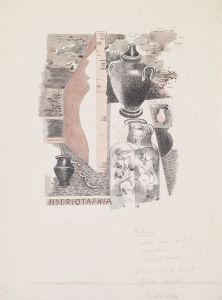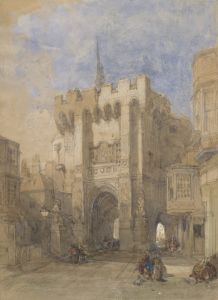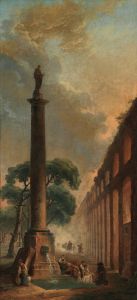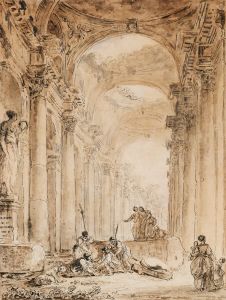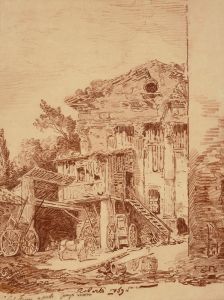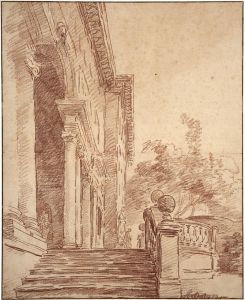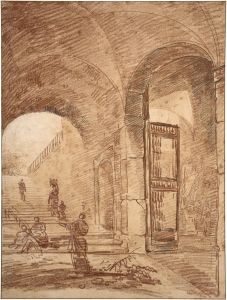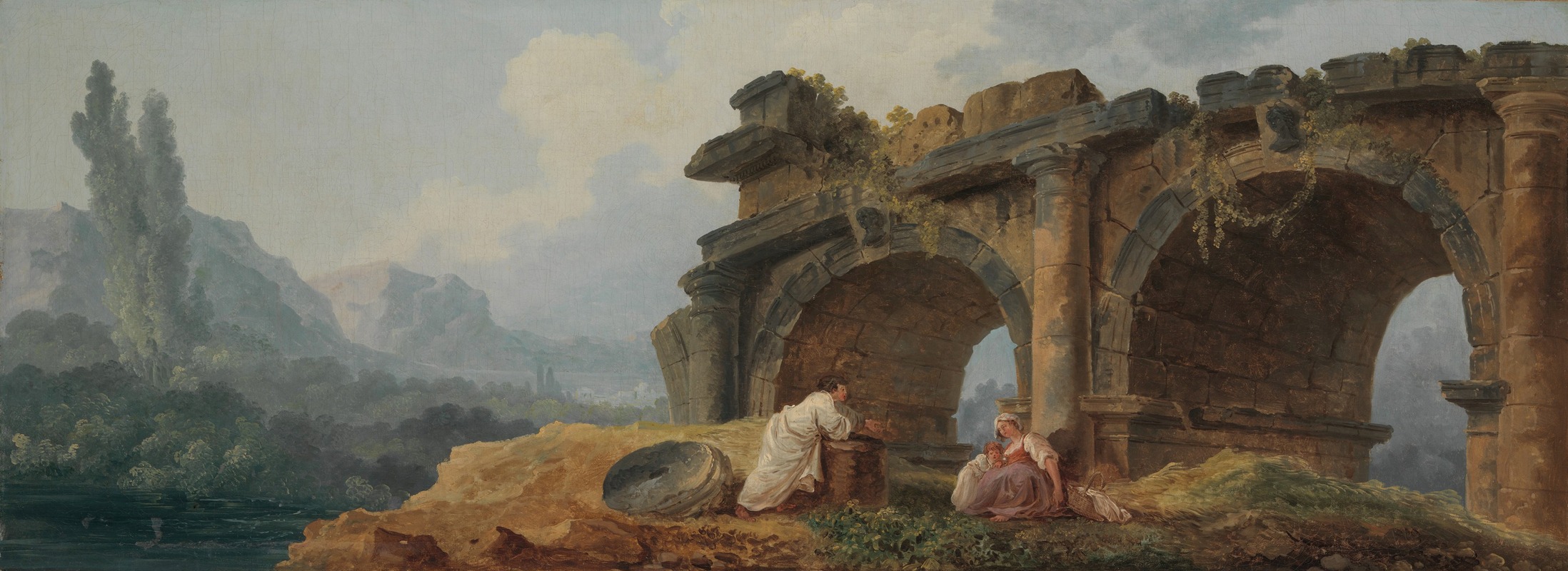
Arches in Ruins
A hand-painted replica of Hubert Robert’s masterpiece Arches in Ruins, meticulously crafted by professional artists to capture the true essence of the original. Each piece is created with museum-quality canvas and rare mineral pigments, carefully painted by experienced artists with delicate brushstrokes and rich, layered colors to perfectly recreate the texture of the original artwork. Unlike machine-printed reproductions, this hand-painted version brings the painting to life, infused with the artist’s emotions and skill in every stroke. Whether for personal collection or home decoration, it instantly elevates the artistic atmosphere of any space.
"Arches in Ruins" is a painting by the French artist Hubert Robert, a prominent figure of the 18th century known for his depictions of architectural ruins and landscapes. Robert, often referred to as "Robert des Ruines" (Robert of the Ruins), was celebrated for his ability to blend imagination with historical and architectural accuracy, creating evocative scenes that captured the grandeur and decay of classical antiquity.
This particular work, "Arches in Ruins," exemplifies Robert's fascination with the passage of time and the romantic allure of ruins. The painting portrays a monumental architectural structure, likely inspired by ancient Roman arches, in a state of decay. The scene is characterized by crumbling stonework, overgrown vegetation, and a sense of abandonment, which are common themes in Robert's oeuvre. The artist's meticulous attention to detail and his mastery of light and shadow create a dramatic atmosphere, emphasizing the contrast between the enduring beauty of the architecture and its inevitable decline.
Hubert Robert was heavily influenced by his time in Italy, where he studied classical ruins and the works of earlier artists such as Giovanni Paolo Panini. His experiences in Rome, particularly his exposure to the ruins of the Colosseum, the Forum, and other ancient sites, deeply informed his artistic vision. While "Arches in Ruins" does not depict a specific, identifiable location, it reflects Robert's ability to synthesize elements from various sources to create an idealized, yet plausible, representation of antiquity.
The painting also reflects the 18th-century European fascination with the sublime and the picturesque, aesthetic concepts that celebrated the beauty of nature and the emotional impact of vast, decaying structures. Robert's works, including "Arches in Ruins," were highly sought after by collectors and patrons who admired his ability to evoke a sense of nostalgia and contemplation.
As with many of Robert's paintings, "Arches in Ruins" serves as both a celebration of human achievement and a meditation on the impermanence of civilization. It invites viewers to reflect on the passage of time and the cycles of creation and decay that define history.
The exact date of creation for "Arches in Ruins" is not definitively documented, but it is consistent with the themes and style that Robert explored throughout his career, particularly during the latter half of the 18th century. The painting is an enduring example of Robert's skill and his contribution to the genre of architectural capriccio, where real and imagined elements are combined to create evocative compositions.





